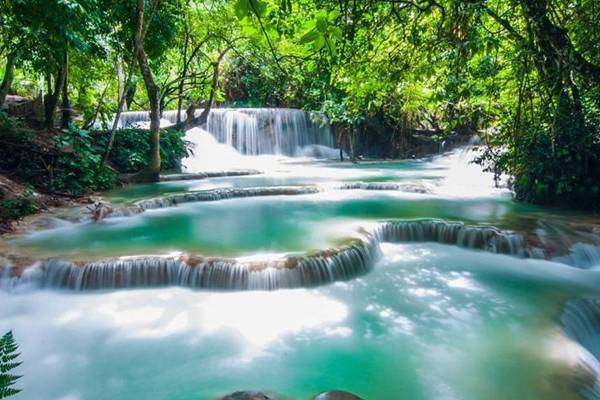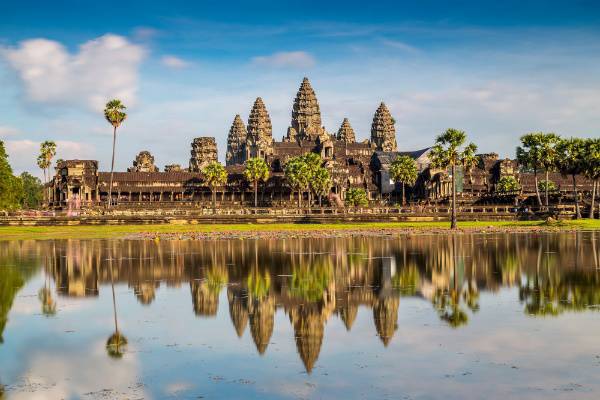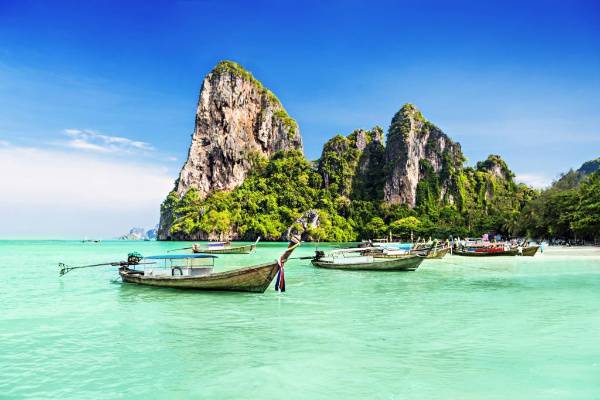Best time to visit Thailand
Thailand, with its diverse geography spanning mountains, plains, and tropical islands, experiences a varied climate. Deciding the best time to visit depends heavily on your planned activities and desired weather, as the country is generally divided into three main seasons: the Cool and Dry, the Hot and Dry, and the Rainy/Monsoon season. This guide breaks down the typical weather patterns across key regions - Bangkok and Central Thailand, Northern Thailand, and the Southern Beaches - to help you pinpoint the perfect travel window.
Thailand’s climate is controlled by tropical monsoons, leading to significant variations in weather throughout the year and across different regions. While it's a fantastic destination year-round, knowing which season to expect can make or break your trip.
1. Cool and Dry Season (Peak Season: November to February)
This is the most popular time to visit Thailand due to the highly comfortable weather.
- Weather: Pleasant, sunny, and dry, with lower humidity.
- Temperatures: Average temperatures in Bangkok hover around 20°C to 30°C. The North (Chiang Mai, Chiang Rai) can be quite cool in the evenings, with temperatures sometimes dropping to 10°C.
- Why Visit Now:
- Ideal for Activities: Perfect for sightseeing in Bangkok, trekking in the North, and relaxing on the Andaman Coast (Phuket, Krabi, Koh Lanta).
- Festivals: Coincides with major events like Loy Krathong (usually November) and New Year's celebrations.
- Drawbacks: This is peak season, meaning higher prices for flights and accommodation, and major tourist sites will be crowded.
2. Hot and Dry Season (Shoulder Season: March to May)
This period is marked by high heat before the rains arrive.
- Weather: Very hot and often hazy. Humidity levels begin to rise, making daytime activities tiring.
- Temperatures: Temperatures frequently exceed 35°C across the country, particularly in April, which is often the hottest month.
- Why Visit Now:
- Thai New Year: The season culminates in the Songkran Festival (Thai New Year) in mid-April, famous for its country-wide water fights.
- Best for Budget: Prices are lower than in peak season.
- Smoke Haze (North): The North often experiences poor air quality and haze during March and April due to agricultural burning.
3. Rainy or Monsoon Season (Low Season: June to October)
This season is characterized by heavy rainfall, but it shouldn't deter all travelers.
- Weather: High humidity and frequent rainfall. Rain typically arrives in heavy, short bursts, usually in the late afternoon, leaving the rest of the day clear. September and October are often the wettest months.
- Temperatures: Warm, averaging around 25°C to 32°C.
- Why Visit Now:
- Lush Scenery: The countryside is beautifully green and waterfalls are at their fullest.
- Lower Crowds & Prices: Excellent deals on hotels and flights, and fewer crowds at popular attractions.
- Regional Differences: This is a key factor. While the Andaman Coast (West) experiences heavy rain, the islands on the Gulf Coast (East)—like Koh Samui, Koh Phangan, and Koh Tao—often have comparatively drier, sunnier weather, making them a great option.
Regional Variations
Conclusion: The Cool and Dry Season (November to February) offers the best overall weather conditions. However, the Rainy Season is perfect for budget travelers and those visiting the Gulf Coast islands.




 English
English
 French
French
 Italian
Italian












